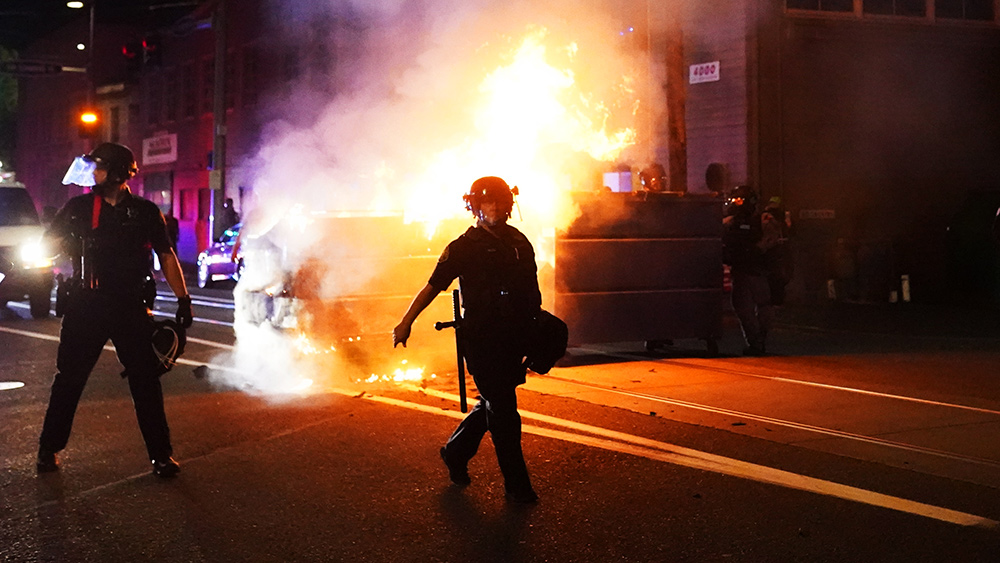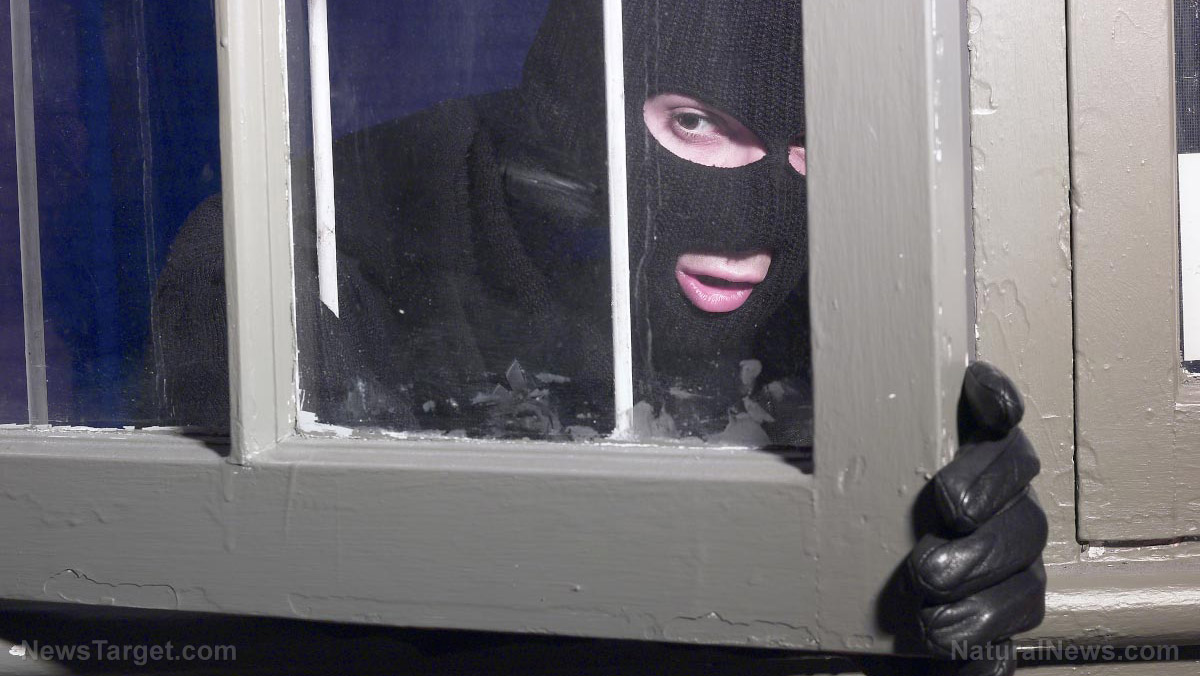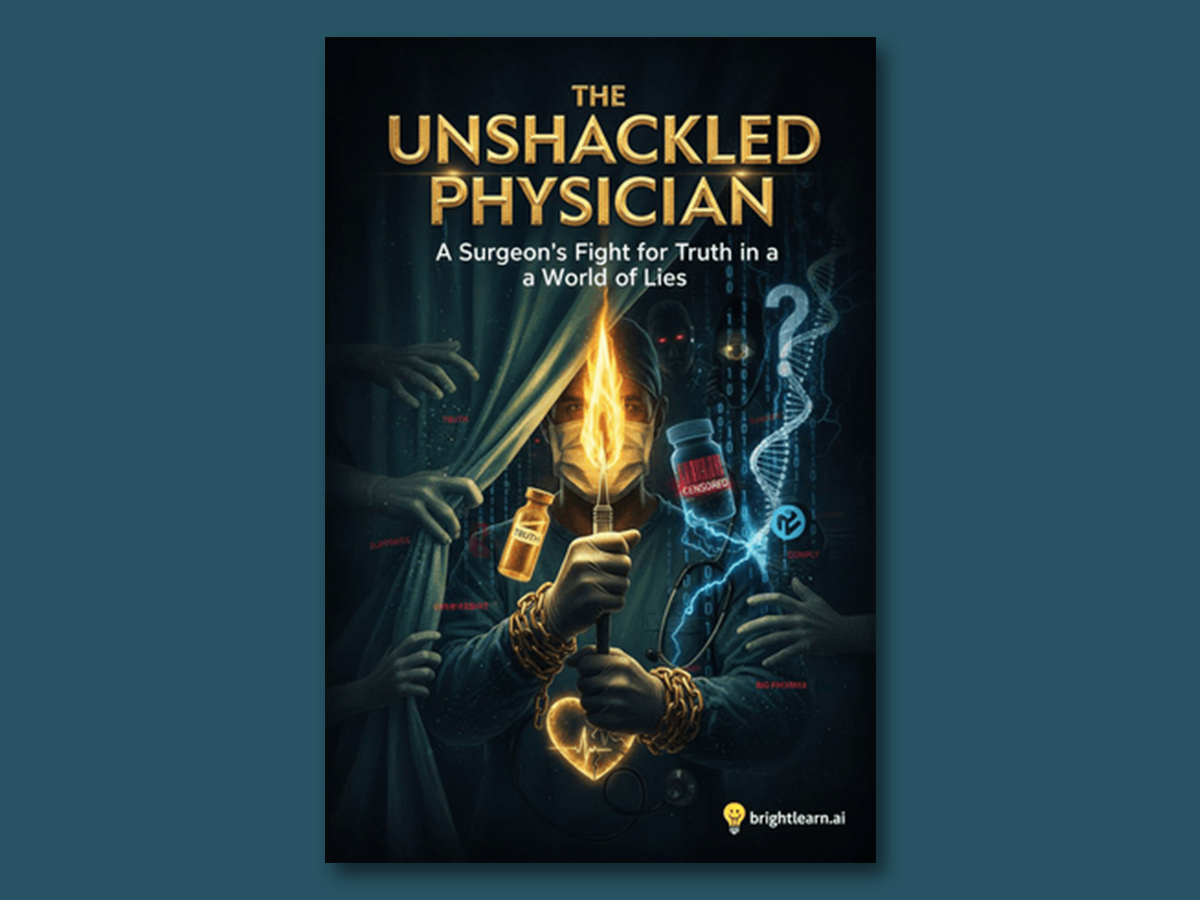
Know what you need to do in an emergency situation
Emergency situations are often stressful and chaotic. Even experienced preppers may feel angry, scared or worried, but you need to have a resilient mindset so you can deal with dangerous situations and people who may want to do you harm. When SHTF, you will have little to no time to decide what to do so you need to be prepared before anything bad happens. Knowing what to do ahead of time ensures that you can calmly assess the situation and react rationally. If you're worried about your anxiety or "freezing up" when it's time to act, you can avoid these mental downfalls by knowing how to best deal with an emergency. Do this by learning and memorizing what should be your priorities when SHTF and work your way down the checklist when disaster strikes. You can print a copy of this checklist, but you won't always have time to check and double-check it when SHTF. It's better to take the time to learn it by heart. Before SHTF, sign up for a first aid and CPR course. Your first aid knowledge might save someone's life.Emergency priorities to learn by heart
Here are five things you need to prioritize in case of emergency: Safety When disaster strikes, work fast to remove yourself and others from the path of immediate danger. This means if your house is on fire, you first need to gather everyone and escape to a safe place. If you're stuck in an area during a riot or when civil unrest is happening, look for a safe way out. When SHTF, you might also have to bug out or evacuate to a safer location, such as during a time of political or economic turmoil. (Related: Your attitude could mean the difference between life and death – here’s why.) Medical concerns When dealing with a survival scenario, you also need to address serious medical concerns. Here is the basic order of concern for most injuries:- Make sure the patient can breathe.
- Stop any major bleeding.
- Immobilize the patient's neck or back if you think there is any possibility of injury to those regions.
- Treat shock, hypothermia, hyperthermia or heart attack.
- Treat dehydration.
- Treat broken bones by immobilizing them with a splint.
- Treat minor injuries.
- Adhesive bandages (20 or more pieces in various sizes)
- Alcohol wipes
- Butterfly closures/ butterfly strips (four or more pieces)
- Compression bandage (three pieces)
- Iodine
- Irrigation syringe
- Israeli bandage
- Nitrile gloves (five pairs)
- Sam-splint moldable foam splint
- Suture kit
- Triangle bandages (three pieces)
Staying calm when SHTF
If you're worried about having an anxiety attack or panicking when disaster strikes, try the box breathing technique. Practice box breathing before SHTF so you can easily remember the technique even if you're under pressure. Instructions for box breathing:- Inhale deeply for four seconds.
- Hold your breath, with your lungs full of air, for four seconds.
- Exhale for four seconds.
- Hold your breath, with your lungs empty, for four seconds.
- Repeat as needed.
The future is here, and it will be filled with endless looting, rioting and civil unrest
By News Editors // Share
Retailers to raise prices for thousands of food products in 2022
By Arsenio Toledo // Share
Robbing spree: Organized criminal elements hitting California luxury retailers
By Arsenio Toledo // Share
Prepper recipes: How to make hardtack, a long-lasting survival food
By Virgilio Marin // Share
7 Hobbies to help you learn key prepping skills
By Ramon Tomey // Share
Iran conducts surprise missile drills amid rising tensions with Israel
By kevinhughes // Share
Kremlin denies reports of plans to "restore Soviet influence"
By bellecarter // Share
How AI news bots are quietly reshaping public opinion
By avagrace // Share
The Unshackled Physician: A surgeon's awakening to medical tyranny
By ramontomeydw // Share











